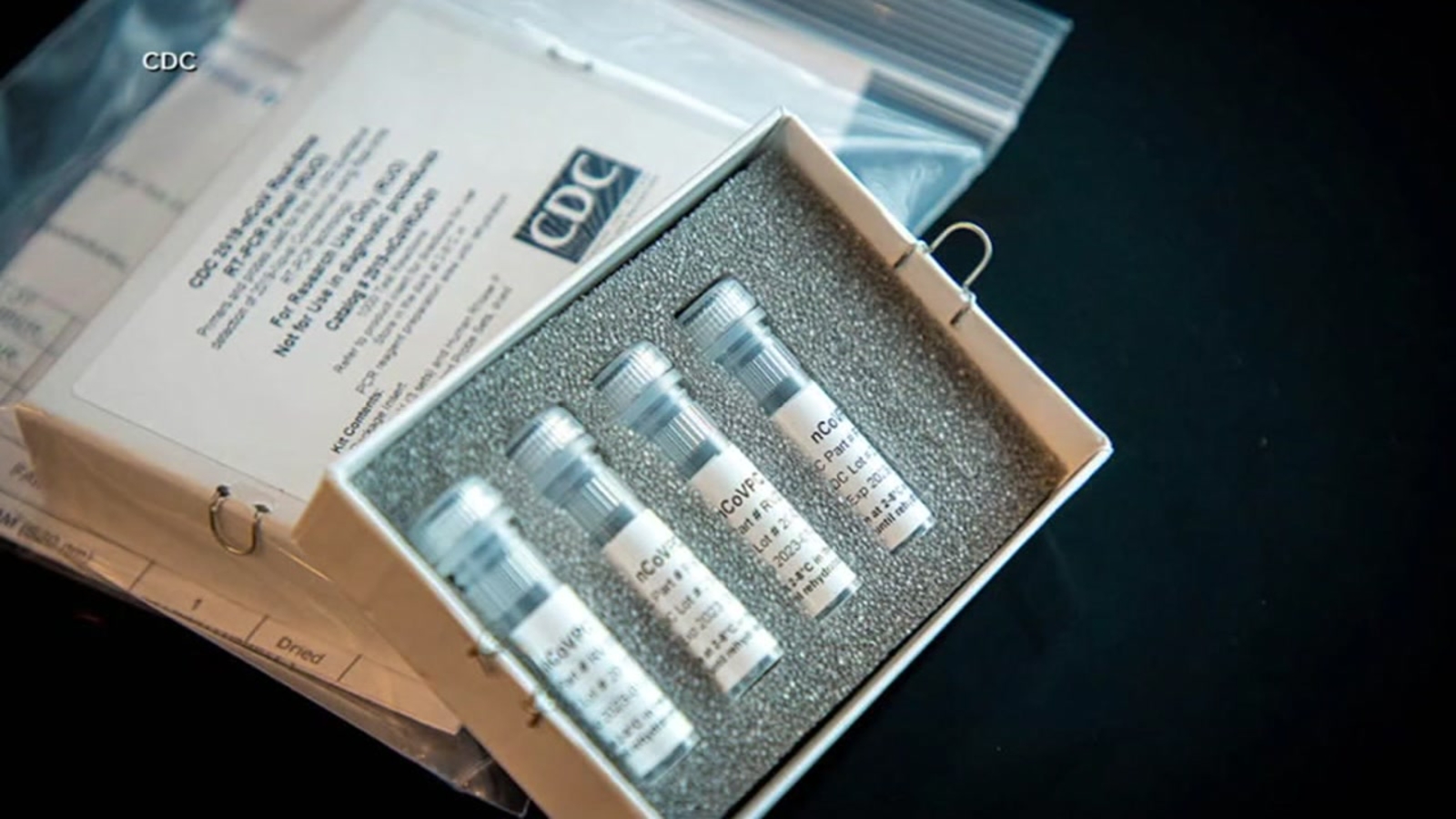This week we’re talking about the unproven and unreliable tests. The most commonly used test worldwide are the PCR tests. In a future edition, we’ll be deep diving into the history of how this test came to be the “gold standard” of Covid tests (it’s really not as you’ll see below).
The tyrannical policies being imposed upon us are based on “cases” based on tests that have never been proven to be accurate (which is why they are not FDA approved).
“caution needs to be applied to the results as it often does not detect infectious virus. PCR results may lead to restrictions for large groups of people who do not present an infection risk.” The Centre for Evidence-Based Medicine
“Detection of viral RNA may not indicate the presence of infectious virus or that 2019-nCoV is the causative agent for clinical symptoms. The performance of this test has not been established for monitoring treatment of 2019-nCoV infection. This test cannot rule out diseases caused by other bacterial or viral pathogens.” The Centers For Disease Control and Prevention
“PCR does not distinguish between infectious virus and non-infectious nucleic acid” Barry Atkinson: National Collection of Pathogenic Viruses (NCPV) Eskild Petersen: infectious disease specialist
“Detection of viral RNA does not necessarily mean that a person is infectious and able to transmit the virus to another person” The World Health Organization
“PCR-based testing produces enough false positive results to make positive results highly unreliable over a broad range of real-world scenarios.” Andrew N. Cohen, Ph.D.1*, Bruce Kessel, M.D.2, Michael G. Milgroom, Ph.D.
So even if a person has symptoms, the PCR test isn’t a reliable way of diagnosing a disease. Even the inventor of the test, a scientist by the name of Kary Mullis, who won a noble prize for his invention, said “…you can find almost anything in anybody…it doesn’t tell you that you’re sick and it doesn’t tell you the thing you ended up with really was going to hurt you…“





0 Comments